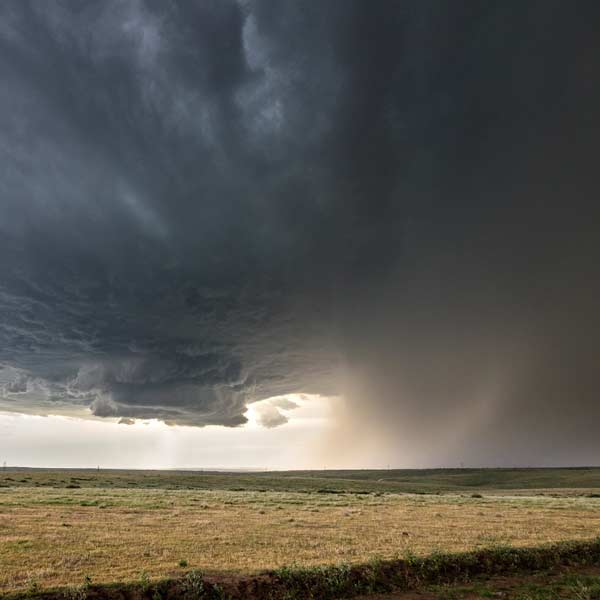
Managing the Impacts of Hail
Each year in the U.S., severe thunderstorms can cause several billion dollars in property damage. Hail is the main driver of loss and hail damage is determined by several factors, including hail size and density, wind speeds, and the specific characteristics of individual structures.
This year’s comprehensive model update to the U.S. severe thunderstorm model includes significant enhancements that improve our ability to realistically capture losses from hail, as well as from tornadoes and straight-line winds.
Reassessing Severe Thunderstorm Hazard
Forming a comprehensive picture of severe thunderstorm hazard is challenging because of their small scale, the population bias of existing severe storm reports, and differences and limitations in reanalysis products, not to mention the impacts of a changing climate. The updated model uses detrended storm reports and radar data to capture a near-present view of the frequency, duration, and severity of outbreaks across the U.S.
Learn how we are using new data and technologies to reassess hazard
Managing U.S. Severe Thunderstorm Risk—Proactively and in Real Time
Verisk’s updated U.S. severe thunderstorm model allows you to more accurately capture severe thunderstorm risk in the United States. In Touchstone® you can analyze results for each sub-peril individually, as well as for all three sub-perils combined.
For events developing in real time, our ALERT™ service has been enhanced to offer Verisk Weather Solutions Respond footprints to help understand the impacts from significant severe thunderstorms. Respond® hail, straight-line wind, and tornado footprints can be used to identify where to deploy claims adjusters, calculate accumulations of risk, and estimate the magnitude of potential losses.

